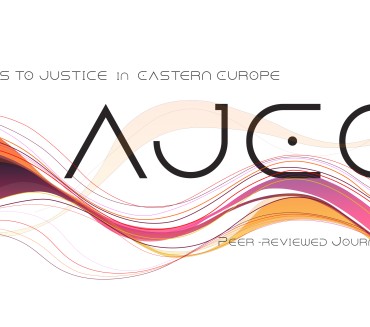Summary: 1. Introduction. – 1.1. Research Objectives. – 1.2. The Research Question. – 2. Methodology. – 3. Conceptual Framework. – 3.1 Definition Of Persons With Disabilities. – 3.2 Defining Forced Sexual Sterilisation. – 4. Historical And Ideological Foundations Of Forced Sterilisation. – 4.1 The Role Of Eugenics In Normalising Sexual Sterilisation. – 5. Laws And Case Law In Selected Jurisdictions. – 6. International Law And Human Rights. – 6.1 From Act To Violation: The Core Causal Chain. – 7. Discussion – 7.1 The Right Of Persons With Disabilities To Marry And Found A Family. – 7.2 The Right To Manage One’s Sexual And Reproductive Life. – 8. Conclusions
Background: This study investigates the legal regulation of forced sterilisation of persons with disabilities through a comparative analysis of the United Arab Emirates, the Czech Republic, and the United States, evaluated against international human rights norms, particularly the Convention on the Rights of Persons with Disabilities (CRPD). Unlike much of the existing literature, which reiterates established prohibitions, this research highlights the persistence of legal loopholes that enable sterilisation without personal consent, including third-party authorisation in the UAE, guardianship and judicial approval in the Czech Republic, and significant disparities across U.S. states.
Methods: Employing a descriptive-analytical comparative methodology, the study systematically examines constitutional, legislative, and judicial texts, integrates human rights jurisprudence, and draws on UN and NGO reports to assess practical enforcement. The findings demonstrate three original contributions: (1) mapping the causal link between guardianship regimes and the continuation of forced sterilisation practices; (2) exposing the inadequacy of partial remedies, such as the Czech Victims’ Compensation Act, in addressing systemic violations; and (3) proposing a concrete policy framework comprising cooling-off periods, substituted consent, simplified consent procedures, a national registry, and redress mechanisms.
Results and Conclusions: The research advances the debate by moving beyond normative condemnation to offer an actionable reform blueprint. It argues that protecting reproductive autonomy requires universal and explicit prohibition of sterilisation without free and informed personal consent, the replacement of guardianship with decision-support systems, and the removal of sterilisation requirements from administrative processes such as legal gender recognition. By integrating comparative evidence with practical policy tools, the study contributes a novel pathway for aligning domestic laws with the CRPD and strengthening accountability in the protection of reproductive rights.

